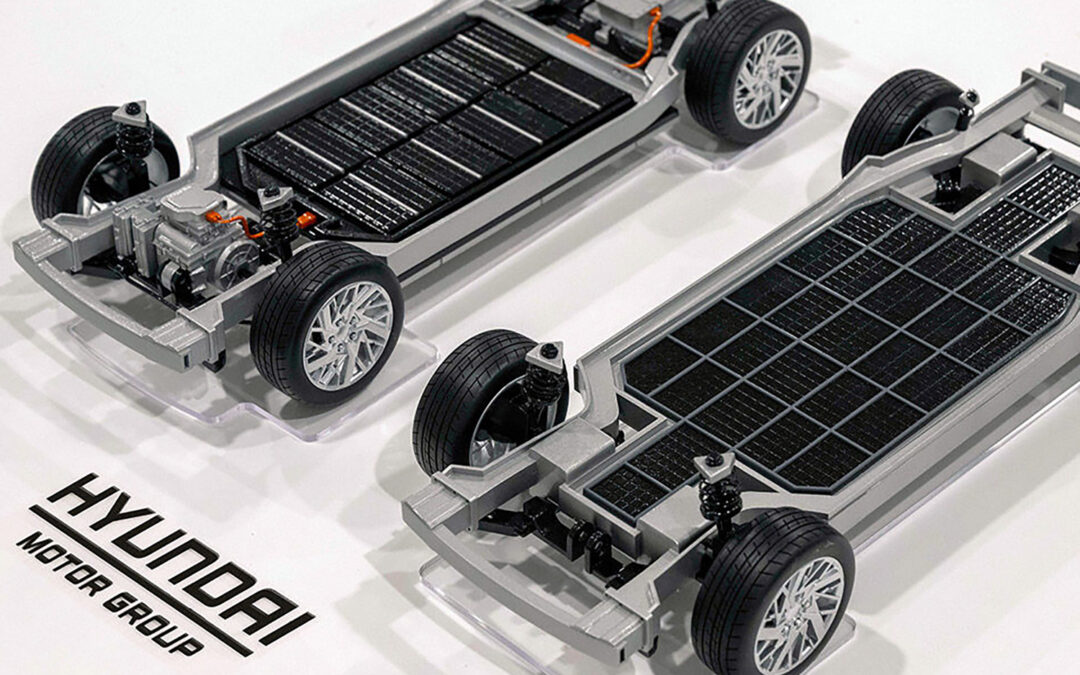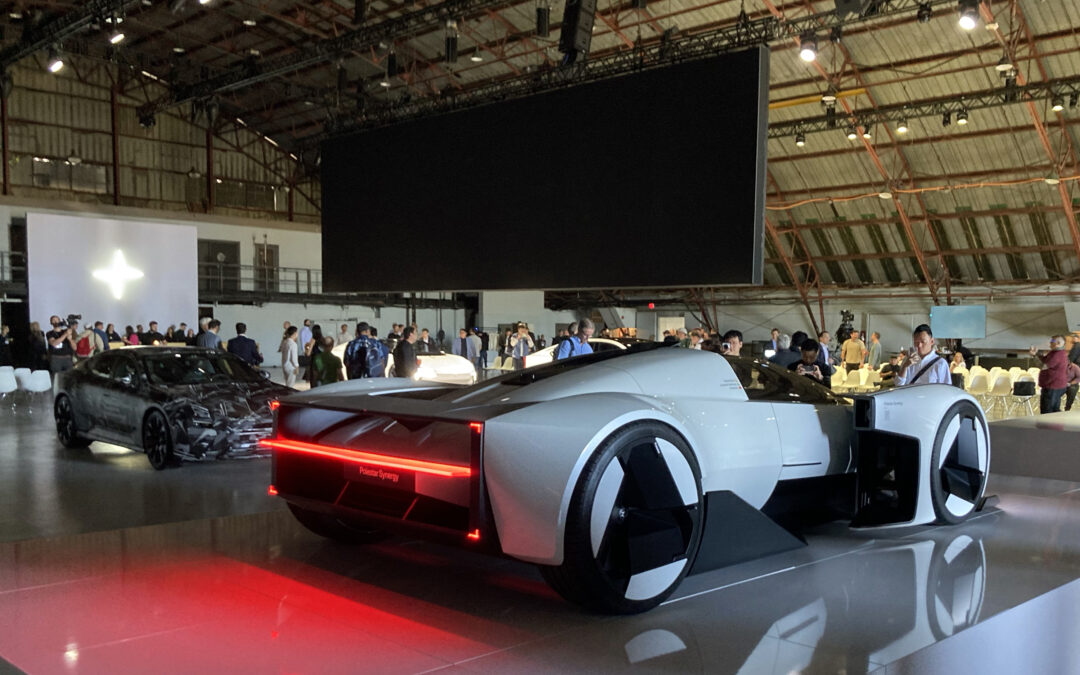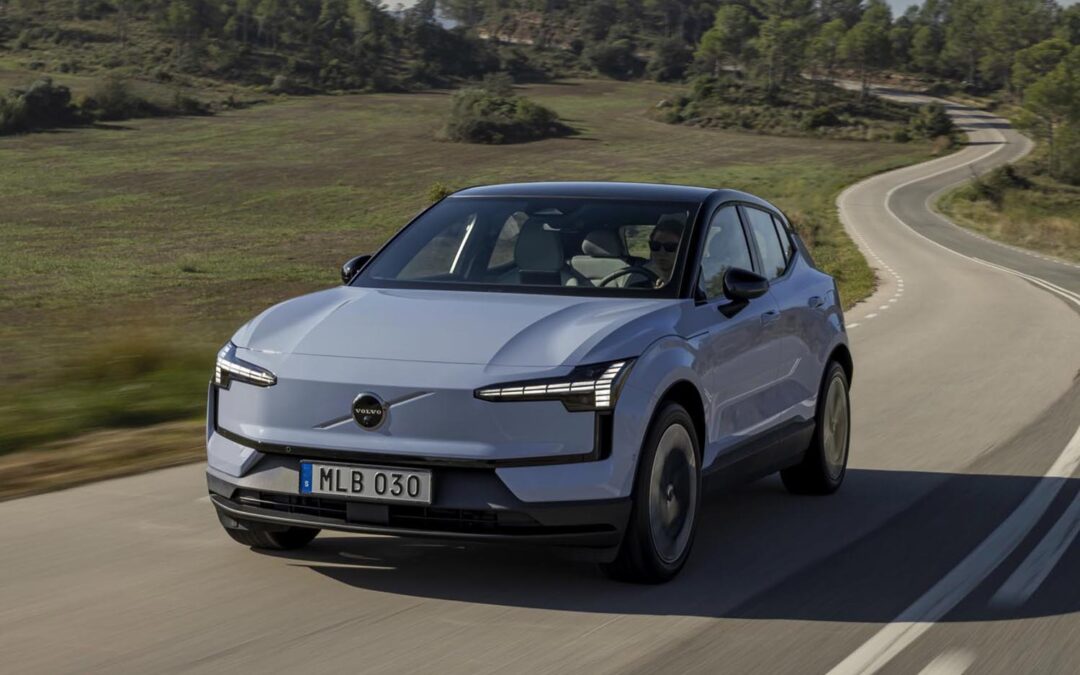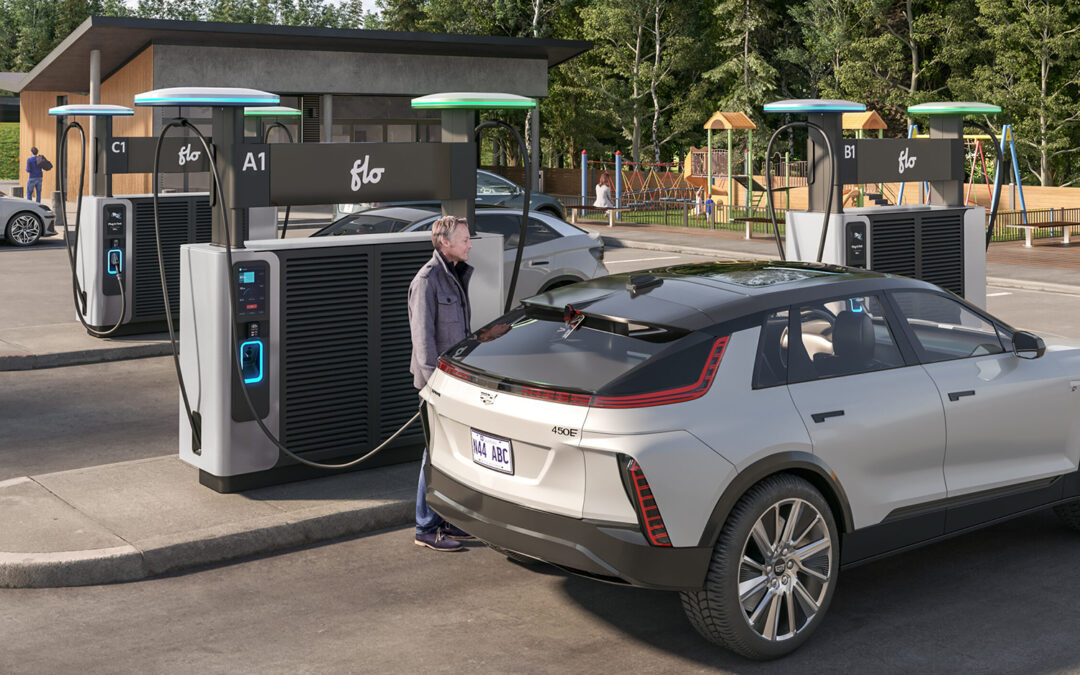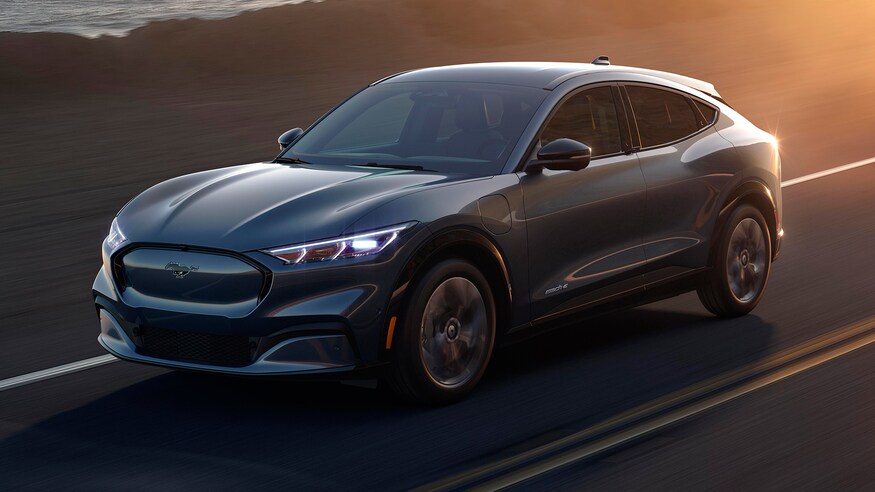In an effort to develop cheaper, more powerful batteries for its fleet of EVs, Nissan has pledged an impressive US$17.6 billion into EV development over the next 5 years; specifically, the development of an “all solid state battery”.
Makoto Uchida, the chief executive of Nissan, has revealed the automaker’s plan to release 15 new EVs by 2021, along with a 50 per cent “electrification” goal. The plan, coined “Nissan Ambition 2030” will also include the development of hybrid vehicles. Nissan also plans to hire 3,000 new engineers to strengthen its R&D efforts which, Uchida reveals, will include digital technology for vehicles.
The smaller, all solid state battery (ASSB) promises an improvement to current batteries, as its development is more cost-effective and the battery reportedly has the capacity to generate more power. Nissan also notes that these batteries will allow for electric power trains to be readily used in trucks, vans and other heavier vehicles without hassles. The new Nissan ASSB is slated for mass production by 2028.
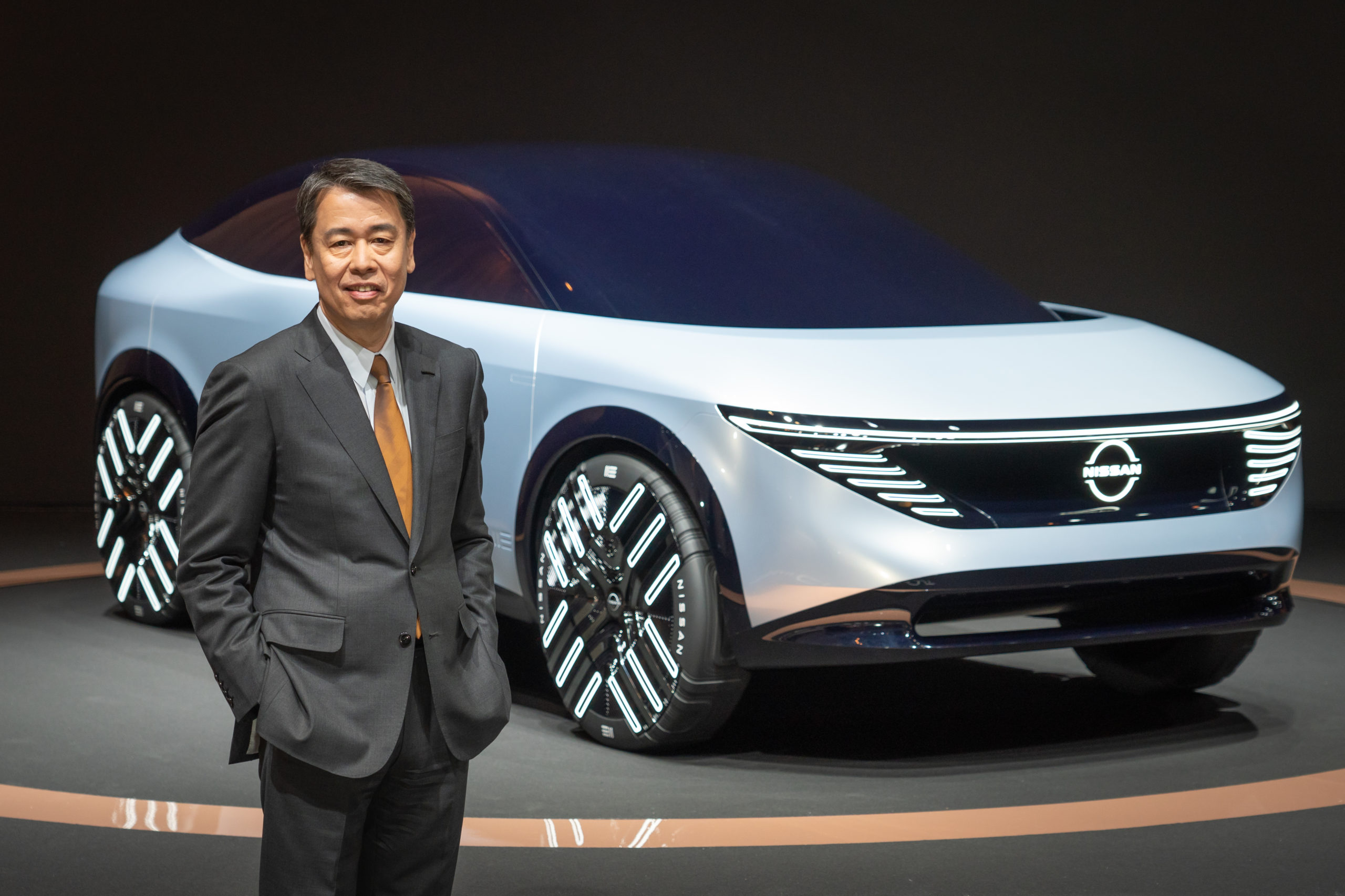
Makoto Uchida, the chief executive of Nissan
This news arrives in the wake of a scandal involving Nissan’s former Chairman, Carlos Ghosn, who was arrested for various financial misconduct charges. As Nissan looks to repair its image and remain competitive in a future-focused market, the shift into accelerated EV production is an important one. “Nissan has emerged from a crisis and is ready to make a new start,” shares Uchida.
To promote its new ‘Ambition 2030’ electrification strategy, Nissan has unveiled four new concept cars, one of which – the Chill-Out – could preview the next generation all-electric Leaf.
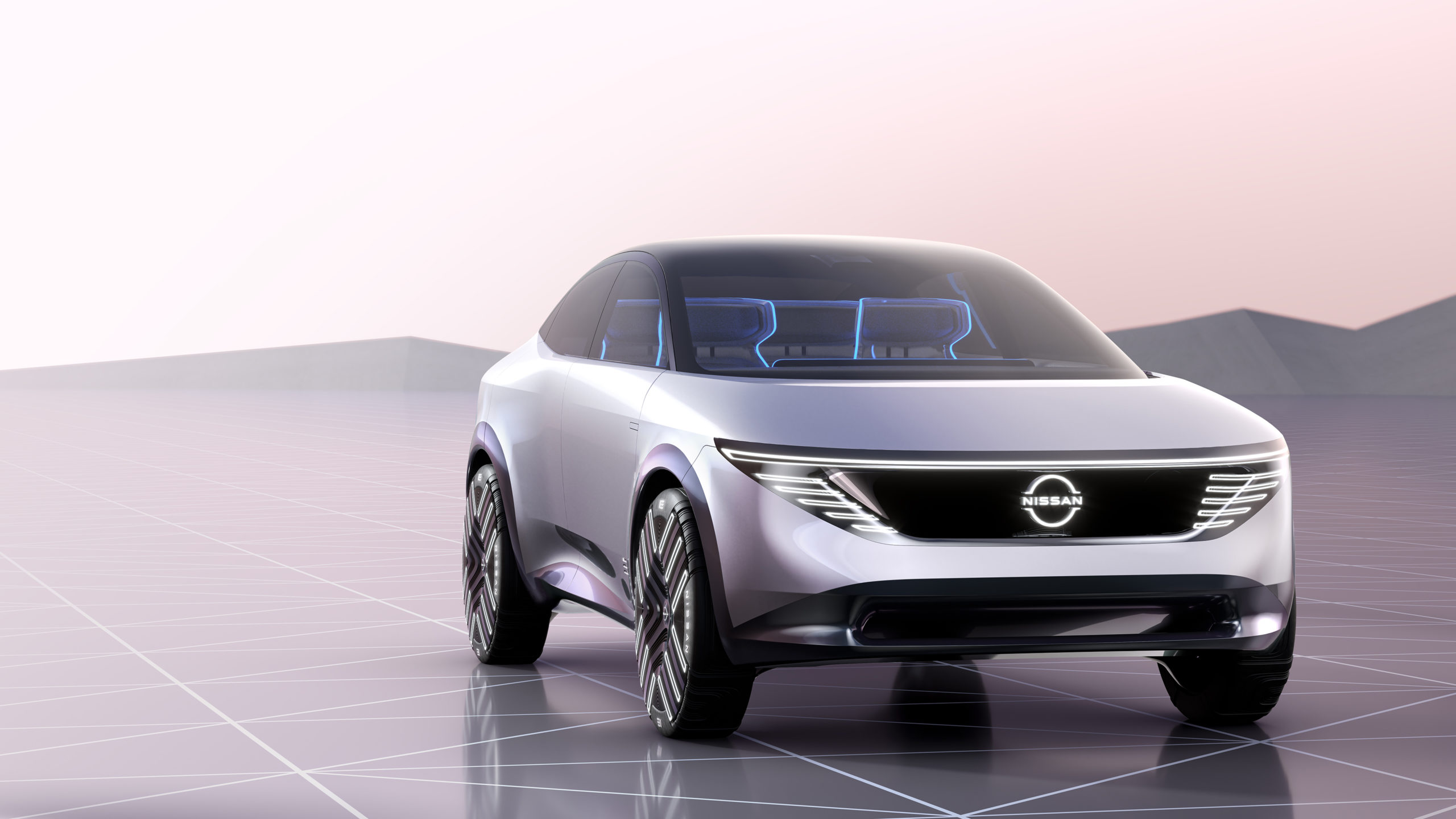
Nissan Chill-Out
As part of its long-term goal to push more EVs and plug-in hybrids into the market – a strategy “responding to critical environmental, societal and customer needs” and furthering the Japanese marque’s efforts to “become a truly sustainable company” – Nissan is set to launch 23 electrified vehicles by 2030, 15 of which will be purely electric. The aim is for an electrification mix “of more than 50 per cent globally” across both Nissan and Infiniti’s product ranges.
At least 20 new EV and e-POWER / plug-in hybrid models are expected to arrive within the next five years, Nissan having confirmed an investment of two trillion yen – just a shade under $22.5 billion – into the program.
As a means of promoting Ambition 2030, Nissan has also unveiled four new EV concepts, the most notable of which is the ‘Chill-Out’. Nissan has previously confirmed its all electric Leaf hatchback will transform from hatchback to CUV in its next generation, and speculation is speculation is already mounting that this electric crossover could be its successor.
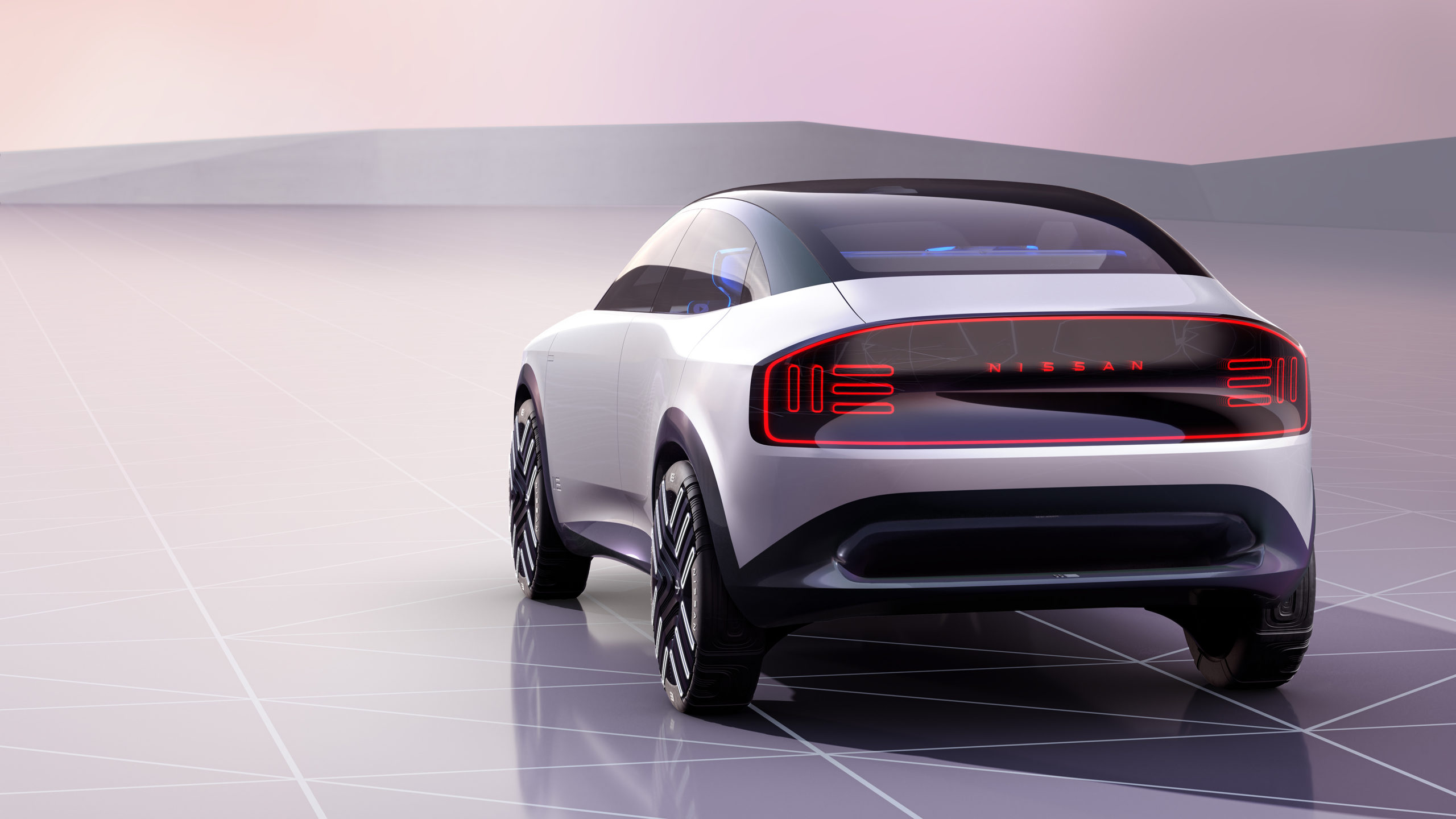
Nissan Chill-Out
The sleek concept sits atop the Renault-Nissan-Mitsubishi Alliance’s new CMF-EV platform, a modular architecture co-developed by French and Japanese engineers – allowing a flexible build for all three manufacturers – and dedicated to electric vehicles across all three brands (hence ‘Common Module Family’ and ‘EV’).
The sleek exterior features a coupe-esque roofline, enormous be-spoked wheels, wraparound front ‘grille’ and rear fascia, suicide doors, and, in customary concept fashion, no wing mirrors. Four seats adorn the cabin, though “advanced safety technology” and the reclining nature of the captains’ chairs up front suggests the Chill-Out will rely heavily on autonomous driving tech.
Drive comes courtesy of e-4ORCE, essentially Nissan’s version of all-wheel drive, though no word has been made on the electric motors that will, presumably, power both the front and rear axles.
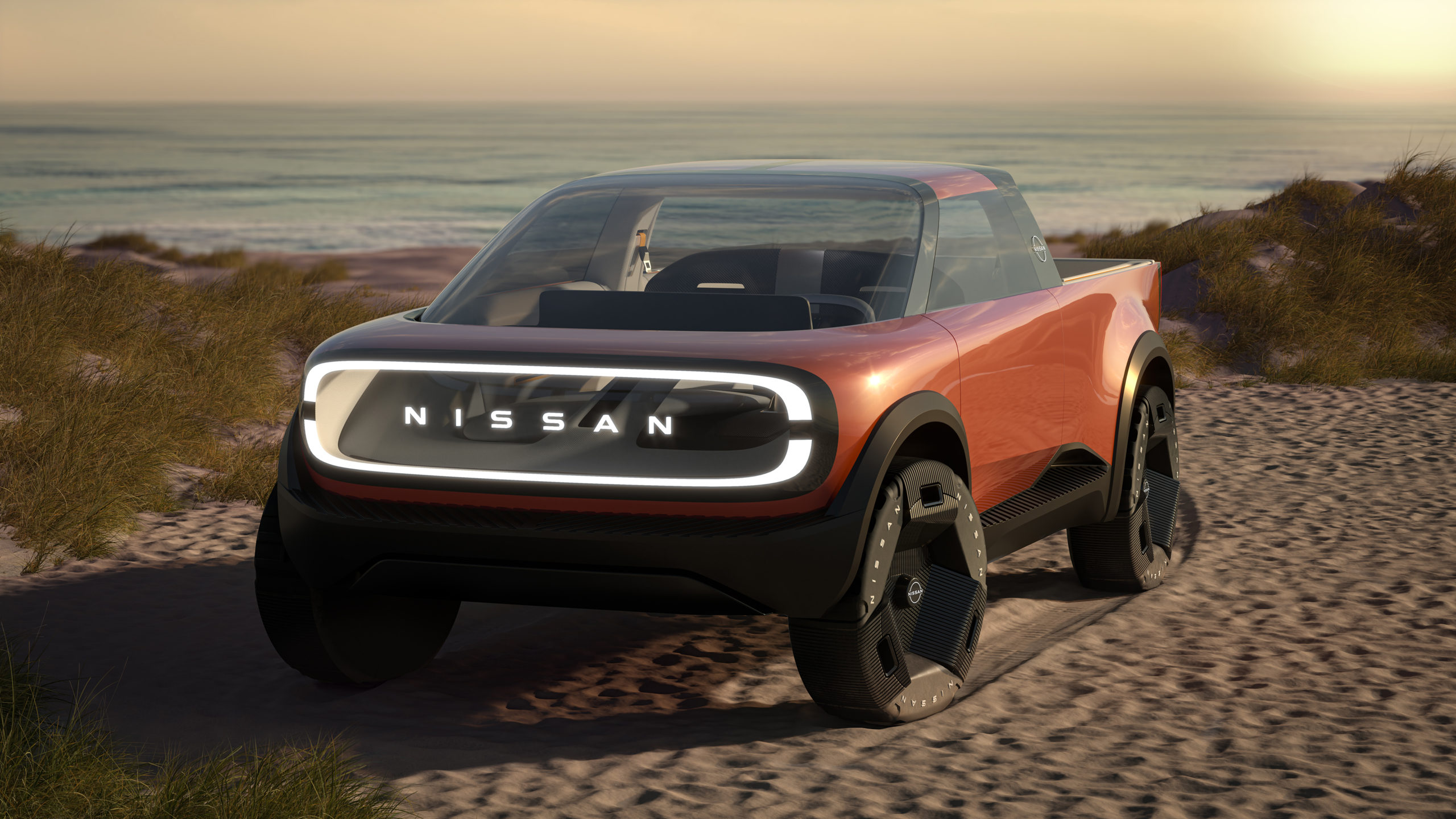
Nissan Surf-Out
In the wake of news that Nissan is considering adding an electric pick-up truck to its range, the Surf-Out concept – which boasts a passing similarity to Nissan’s new-for-2022 Frontier – prioritizes off-road capability and passenger comfort. Alongside an enormous faux front grille, the single cab model also showcases heavy duty three-spoke wheels, a translucent front grille, and a large flatbed with a completely flat floor on top. A retracting glass canopy, reminiscent of the ‘armadillo’ solar panels on EdisonFuture’s new EF1, completes the look.
The performance-focused Max-Out concept meanwhile features “ultra-lightweight”, Coke bottle bodywork, an aggressive rear diffuser, and, like the Surf-Out before it, ‘Advanced’ e-FORCE, so expect a volcanic amount of torque should a production version come to fruition.
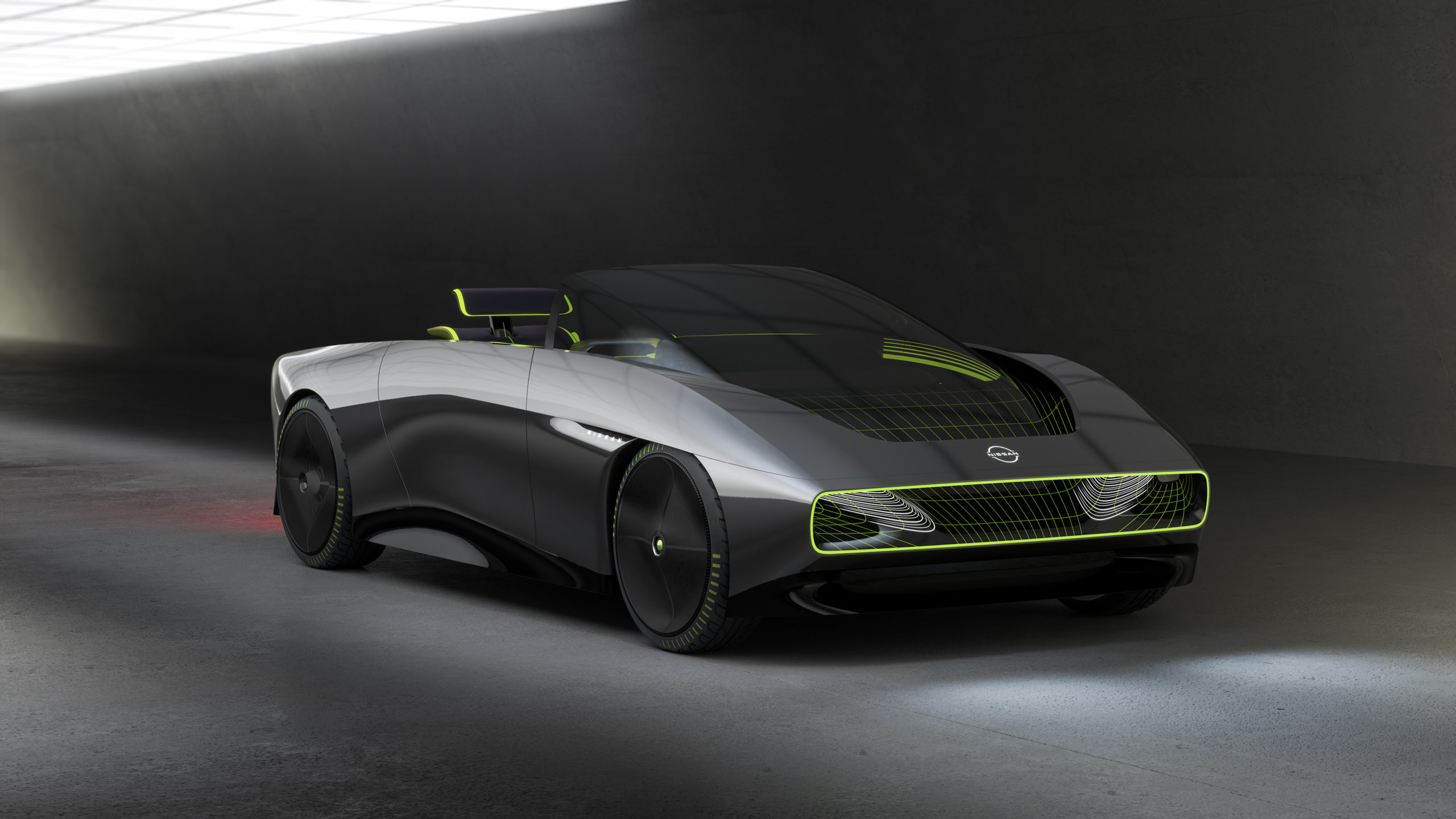
Nissan Max-Out
As a two-seater convertible, with a well-hidden (read ‘missing’) folding roof, the centre of gravity is said to be “very low” as you might reasonably expect. Focus, unsurprisingly, is on “dynamic cornering and steering response”, and “superlative stability”.
In perhaps a more interesting note, the roadster’s twin seats are staggered, with the passenger seat mounted much further back in the cabin than the drivers’. As well as demonstrating the Max-Out’s more ‘fluid’ seating arrangement, the passenger seat can also be folded completely flat, opening up further storage possibilities.
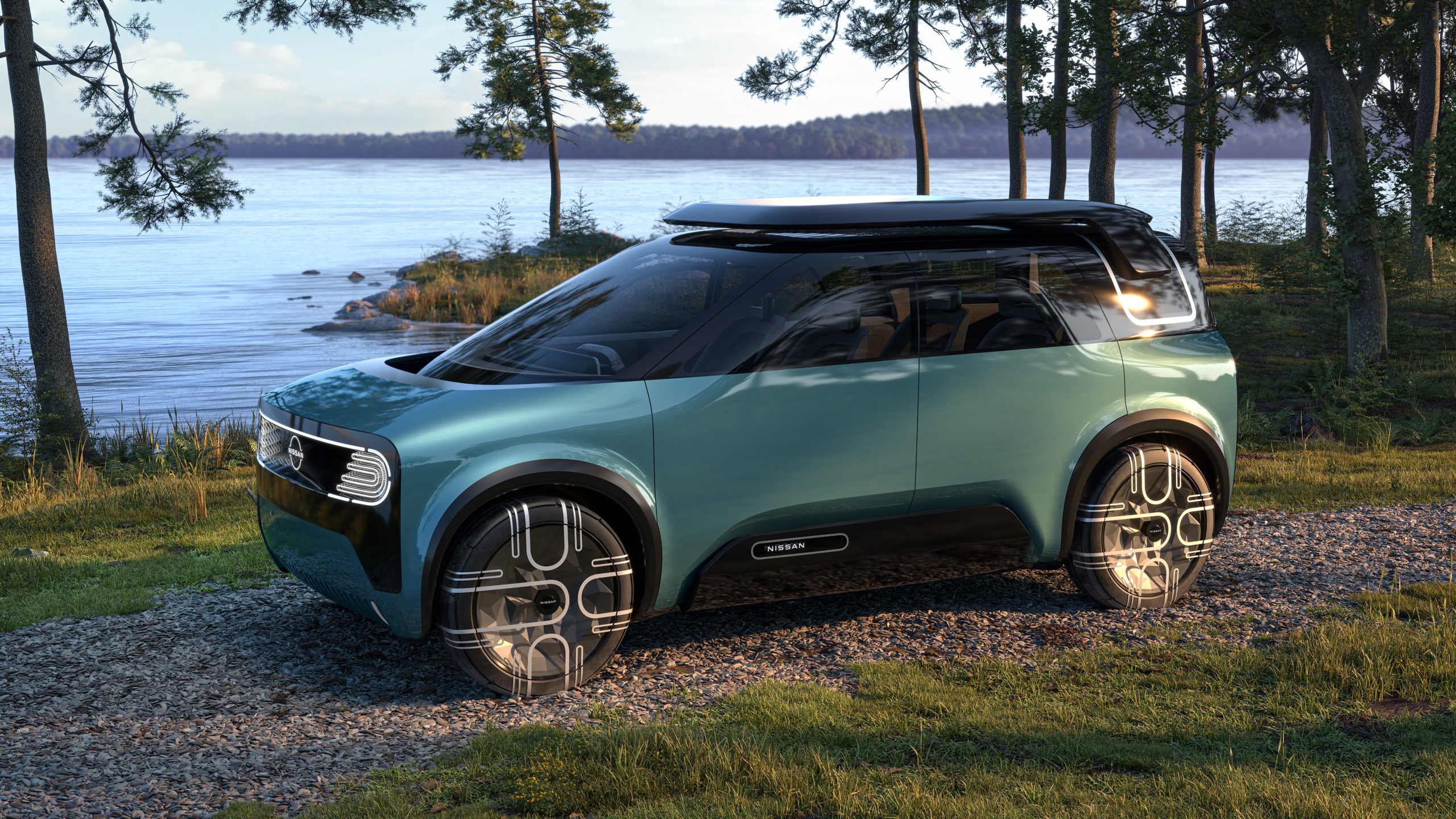
Nissan Max-Out
Finally, the quartet is rounded out by the Hang-Out concept. The fourth different body style of the group, the mid-sized electric crossover focuses almost all of its attention on the interior, highlights of which include a whopping-great infotainment screen, and two-row “theatre-like” seating that rotate to become four individual captain’s chairs, a means to “surpass the conventional wisdom about interior layouts”. Like the Surf-Out concept, the Hang-Out features a low and flat floor, but, interestingly, boasts a ride that’s said to iron out the vibrations and jolts as a way of deterring motion sickness. Like two of its three conceptual brethren, the crossover also features Advanced 4ORCE. Oh, and power-sliding doors!
The Hang-Out is though the only concept that features Advanced ProPILOT, and thus, in evolved form, will no doubt boast Nissan’s latest autonomous technology.
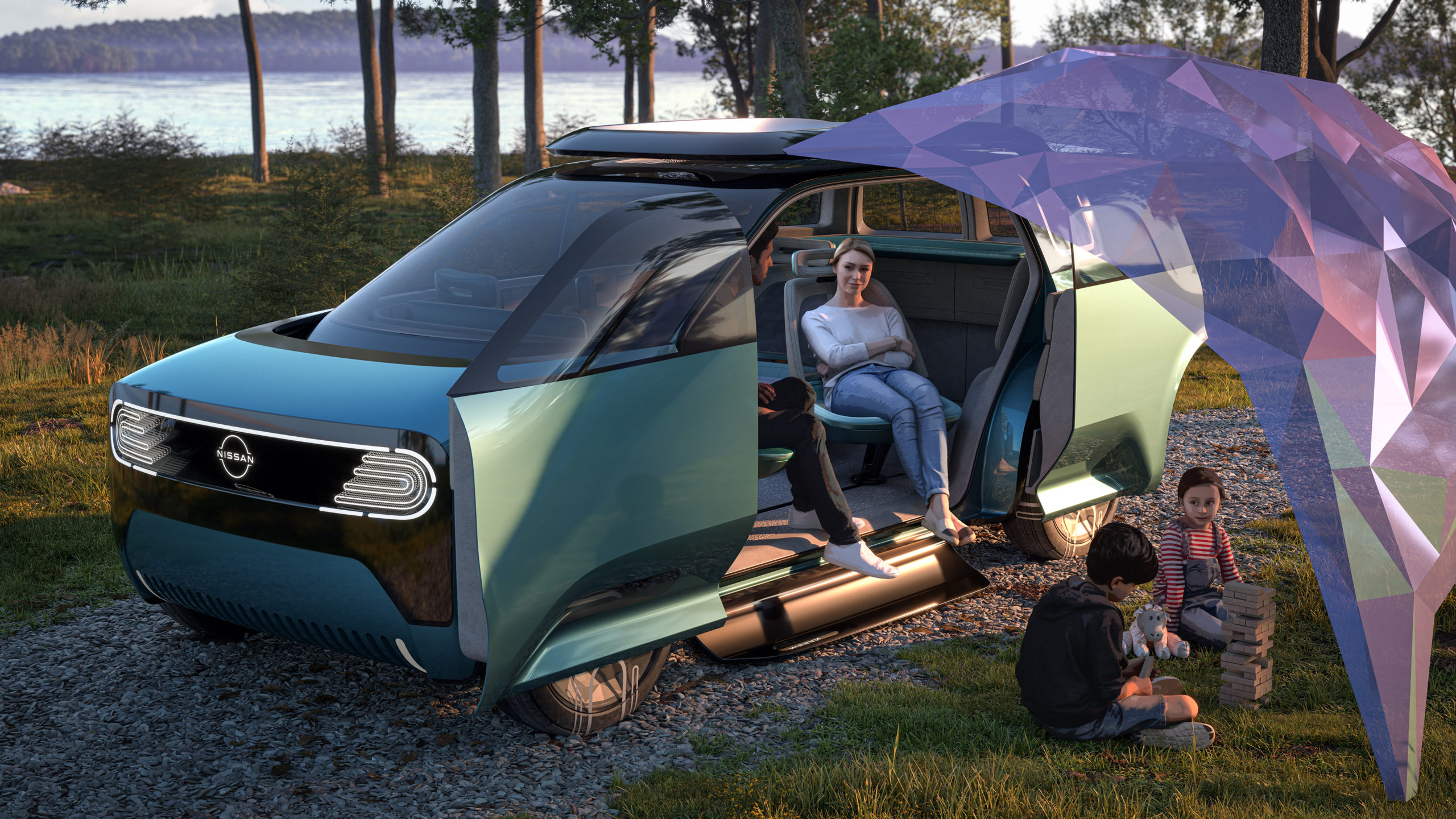
Nissan Max-Out
Alongside the four concepts, Nissan has also previewed a new Nissan EV Technology Vision technology study, an architecture that focuses on improved packaging, a lower centre of gravity, and advanced battery technology. Indeed, the all solid-state batteries (ASSB) integrates seamlessly with the platform to create a “skateboard-like structure” that increases rigidity and is a flexible base for a higher number of EVs.
With Nissan EV Technology Vision at the base of the Surf-Out, the Max-Out and the Hang-Out, and with its focus on “ look[ing] beyond the Ariya and next-generation crossover EV,” this suggests a production version of the CMF-EV -mounted Chill Out could be the first of the four to arrive.
With files from James Gent

